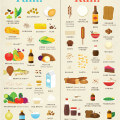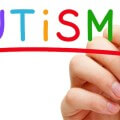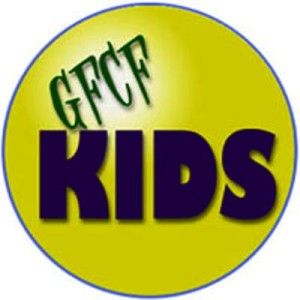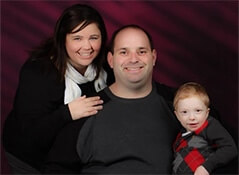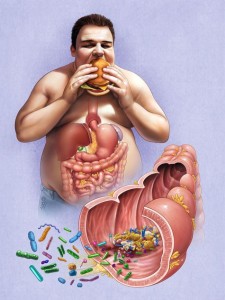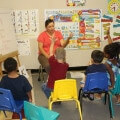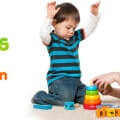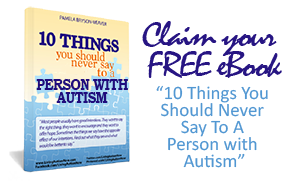Tricare to change #autism #therapy reimbursement rates #livingautismdaybyday #autism_awareness

Tricare to change autism therapy reimbursement rates
Tricare is changing its autism therapy reimbursement rates to better align them with commercial insurance rates and Medi…
www.militarytimes.com
#Autism #jobs: FULL-TIME EDUCATORS- #livingautismdaybyday #autism_awareness

WANTED FULL-TIME EDUCATORS The Illinois Center for Autism has th Jobs in Belleville, IL
With our competition report, only with a Careerbuilder account.WANTED FULL-TIME EDUCATORS The Illinois Center for Autism…
www.careerbuilder.com
#Autism conference at Pearl River Dec. 8-9 #livingautismdaybyday #autism_awareness

Autism conference at Pearl River Dec. 8-9
Mississippi State University is inaugurating a program for professionals that focuses on improving the lives of state re…
www.meridianstar.com
Meeting for parents of kids with #autism #livingautismdaybyday #autism_awareness

Meeting for parents of kids with autism
The Saint Paul Police Department is hosting a public meeting for people with loved ones on the autism spectrum from 6:30…
www.stpaul.gov
Speaker to share story of #autism-focused business – #livingautismdaybyday #autism_awareness

Speaker to share story of autism-focused business
WINTER HAVEN — The chief operating officer of a South Florida business that mostly employs people with autism will spe…
www.theledger.com
How Do I Assist My Child With #Autism In Learning The Fundamentals Of Play ? –
#livingautismdaybyday #autism_awareness
#livingautismdaybyday #autism_awareness

How Do I Assist My Child With Autism In Learning The Fundamentals Of Play ?
These children play with toys, it is in a different format then neurotypical children but they do enjoy playing just lik…
LinkedIn Pulse
Support Needed: NYC #Autism Charter School #livingautismdaybyday #autism_fundraiser

NYC AutismCharter School Holiday Fundraiser – Marco
Press “DONATE NOW” to support NYC Autism Charter School — the first and ONLY PUBLIC charter school in New York State devoted solely to children with autism, at no cost to families. I have always wanted to do charitable work and I’m taking on this challenge in honor of Sal, who has autism. MaryJo…
Geneva Center 4 Autism: Calendar of Events- #livingautismdaybyday #autism_awareness

Calendar of Training Events – Geneva Centre for Autism
Geneva Centre for Autism is an international leader in the development and delivery of clinical intervention services an…
www.autism.net
#Autism #Jobs:Autism Specialist Teaching Assistant Roles – London #livingautismdaybyday

Autism Specialist Teaching Assistant Roles – London (28536429) – reed.co.uk
View details & apply online for this Autism Specialist Teaching Assistant Roles – London vacancy on reed.co.uk, the UK’s…
www.reed.co.uk
Parents of special needs children to be paid caregivers in NY State #autism_awareness

Parents of special needs children to be paid caregivers in NY State
Starting in April of 2016, the Social Services law will be amended in NY State to allow for parents of their adult child…
www.examiner.com
#Autism Spotlight: ANGELSense #livingautismdaybyday #autism_awareness #SAFETY

GPS tracker device for kids with special needs. Order Now!
The only GPS Tracker & Voice-Monitoring solution designed for children with special needs. The most accurate and detaile…
www.angelsense.com
Art & Autism’ to Bring Free Showcase to Duquesne #livingautismdaybyday #autism_awareness
‘Art & Autism’ to Bring Free Showcase to Duquesne | Duquesne University
Welcome to Duquesne University!Accessibility Navigation:4th Floor Koren Building718 Fifth AvenuePittsburgh, PA 15219
…
…
www.duq.edu
a must-read #livingautismdaybyday #autism_awareness

‘Ri Ruv Ru’ | | dailyhelmsman.com
Editor’s note: After opening the garage door, my dad walked into our parents’ home. I followed behind him as I alway…
www.dailyhelmsman.com
Teens Turn School Project Into Fantastic Way to Spread #Autism #Awareness #livingautismdaybyday

Teens Turn School Project Into Fantastic Way to Spread Autism Awareness
These teens are making a huge difference. As part of a project focusing on potential future careers, Pewamo-Westphali Hi…
myhealthlogics.com
Mother and autistic daughter’s pain of separation #livingautismdaybyday #autism_awareness #LOVE

Mother and autistic daughter’s pain of separation
…
www.west-info.eu
Palatine teen with #autism found safe – #wandering #livingautismdaybyday

Palatine teen with autism found safe
A 14-year-old boy who went missing near northwest suburban Palatine has been located.
www.fox32chicago.com
#Autism JOBs: Behavior Specialist – Center for Autism – #livingautismdaybyday

Behavior Specialist – Center for Autism Jobs in Plainfield, CT – United Services, Inc.
With our competition report, only with a Careerbuilder account.We would like to invite you to explore the career opportu…
www.careerbuilder.com
Shooting in CA hits close to home for director of #autism org – #livingautismdaybyday

Shooting in CA hits close to home for director of autism organization
The mass shooting at Inland Regional Center, a resource facility for the mentally disabled, in San Bernardino, CA, hit c…
www.wnem.com
Autism Tips for Emergency Responders: Inappropriate Words #livingautismdaybyday #autism_awareness

Autism Tips for Emergency Responders: Inappropriate Words
www.rightrelevance.com
How to Test for #Asperger’s #livingautismdaybyday #autism_awareness

How to Test for Asperger’s
Asperger’s Syndrome, now called autism spectrum disorder, level 1 in the DSM-V, affects a person’s ability to commun…
healingbright.com







